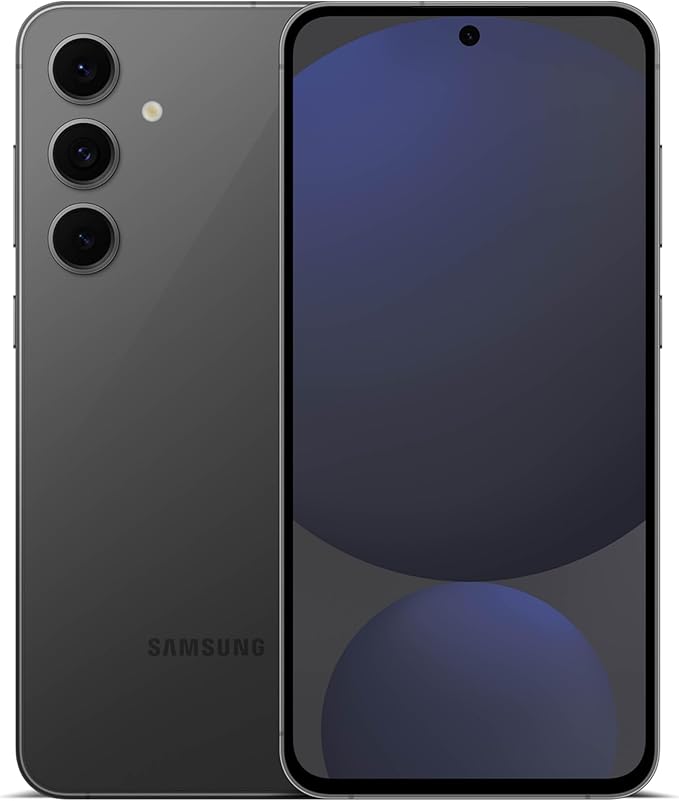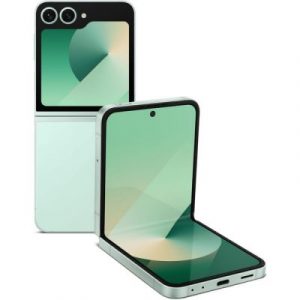
Discover the power of the SAMSUNG Galaxy S24 FE! Click here to explore deals!
Introduction
In today’s fast-paced digital world, smartphones are more than just devices; they’re essential tools that help us stay connected, productive, and entertained. With countless options on the market, choosing the right smartphone can feel overwhelming. Do you prioritize performance, camera quality, or battery life? What about the price? This guide will help you navigate the sea of choices and find the smartphone that best suits your needs.
Part 1: Understanding Your Needs
Before diving into the specifications and features, take a moment to reflect on how you’ll use your smartphone. Are you a casual user who mainly needs a device for calls, messaging, and occasional browsing? Or are you a power user requiring top-tier performance for gaming, photo editing, or multitasking? Here are some common user profiles to consider:
- The Casual User: Basic functionality like texting, calling, and light social media usage.
- The Photographer: High-quality cameras, advanced editing software, and ample storage.
- The Gamer: A powerful processor, high refresh rate display, and a strong GPU.
- The Business Professional: Reliable performance, productivity apps, and secure features.
- The Tech Enthusiast: Cutting-edge technology, innovative features, and premium build quality.
Once you’ve identified your primary needs, it’s easier to filter through the myriad of options.
Part 2: Key Features to Consider
When selecting a smartphone, focus on the features that align with your needs. Here’s a breakdown of the most important factors:
1. Operating System (OS)
- Android: Offers a wide range of devices at various price points with extensive customization options.
- iOS (Apple): Known for its seamless ecosystem, user-friendly interface, and regular updates.
2. Display
- Size: Smaller screens (under 6 inches) are more portable, while larger screens (6-7 inches) are great for media consumption.
- Resolution: Look for Full HD (1080p) or higher for sharper visuals.
- Refresh Rate: Gamers and video enthusiasts should consider 90Hz or 120Hz displays for smoother performance.
3. Camera
- Megapixels: While important, megapixels aren’t the only factor. Pay attention to aperture, sensor size, and software processing.
- Lenses: Multiple lenses (wide-angle, telephoto, macro) offer versatility for different photography scenarios.
- Video Capabilities: Check for features like 4K recording, optical image stabilization (OIS), and advanced editing tools.
4. Performance
- Processor: Choose a powerful chipset like Apple’s A-series, Qualcomm Snapdragon, or MediaTek Dimensity for demanding tasks.
- RAM: At least 6GB is recommended for smooth multitasking; 8GB or more is ideal for heavy users.
- Storage: Opt for 128GB or more, especially if you plan to store lots of photos, videos, or apps.
5. Battery Life
- Capacity: A battery rated at 4000mAh or higher is suitable for most users.
- Fast Charging: Look for fast-charging technology to minimize downtime.
- Wireless Charging: A convenient feature for those who prefer clutter-free setups.
6. Build Quality and Design
- Materials: Premium devices often use glass and metal, while budget models might feature plastic.
- Durability: Water and dust resistance (IP ratings) can be crucial for active lifestyles.
7. Connectivity
- 5G Compatibility: Future-proof your device by choosing one that supports 5G networks.
- Ports: USB-C is now the standard, but check if the device has a headphone jack if you need one.
8. Software and Updates
- Frequent and timely updates ensure security and longevity. Brands like Apple, Google, and Samsung lead in this area.
Part 3: Budgeting
1. Premium Tier ($800 and above)
- Features cutting-edge technology, premium build quality, and top-tier performance.
- Examples: iPhone 15 Pro, Samsung Galaxy S23 Ultra.
2. Mid-Range ($400 – $799)
- Offers excellent value with a balance of performance and affordability.
- Examples: Google Pixel 7a, OnePlus Nord series.
3. Budget-Friendly (Under $400)
- Perfect for casual users or those on a tight budget.
- Examples: Moto G series, Samsung Galaxy A series.
Part 4: Types of Smartphones
1. Flagship Devices
- Represent the best a brand has to offer. Ideal for tech enthusiasts and professionals.
2. Mid-Range Devices
- Great for users seeking high performance without the flagship price tag.
3. Budget Devices
- Focus on basic functionality and affordability, perfect for light users or as secondary devices.
4. Specialized Smartphones
- Gaming Phones: ASUS ROG Phone, Lenovo Legion.
- Rugged Phones: Designed for durability, like CAT or Doogee models.
Conclusion
Choosing the perfect smartphone doesn’t have to be daunting. By understanding your needs, focusing on key features, and setting a realistic budget, you can find a device that enhances your daily life. Whether you’re snapping stunning photos, gaming on the go, or staying productive, there’s a smartphone out there tailored for you. Take your time, do your research, and enjoy the journey of finding your ideal match.
Happy smartphone hunting!

